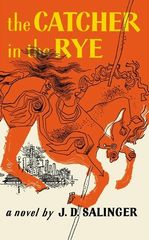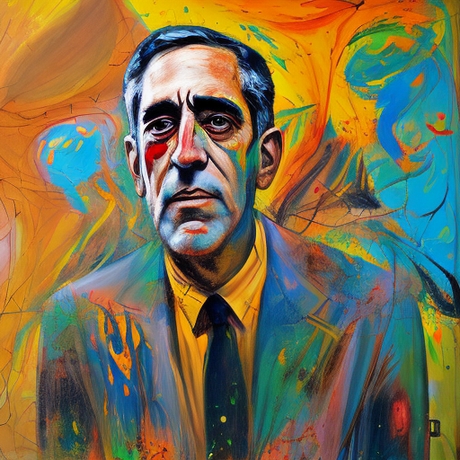The Catcher in the Rye


The Catcher in the Rye, a novel by J.D. Salinger, is a powerful work of literature that has resonated with readers for generations. Published in 1951, it follows the story of Holden Caulfield, a teenage boy who is struggling to make sense of the world around him.
The novel is narrated by Holden, who has been expelled from his prep school and has decided to take a few days to wander around New York City before returning home. As he wanders, Holden reflects on his past and his relationships with the people in his life, including his family and various classmates.
One of the most striking aspects of The Catcher in the Rye is Holden's voice. Salinger masterfully captures the angst, confusion, and disillusionment of adolescence in Holden's character. Holden is a complex and conflicted character, simultaneously cynical and naive, bitter and idealistic. His voice is distinct and memorable, and it is what has made the novel resonate with so many readers over the years.
The novel also explores themes of alienation and isolation. Holden feels disconnected from the people around him and struggles to connect with others on a meaningful level. He has a sense of disillusionment with the world and with the people in it, which is compounded by the loss of his younger brother, Allie, to leukemia. This sense of isolation and loss pervades the novel and makes it a poignant and powerful work.
The Catcher in the Rye is a coming-of-age novel, but it is not a typical one. It does not follow the traditional narrative arc of a protagonist overcoming obstacles and growing as a person. Instead, it is a novel about a young person who is struggling to find his place in the world, and who ultimately does not succeed. Holden's journey is a painful and difficult one, but it is also one that is relatable to many readers.
One of the most memorable scenes in the novel is when Holden visits the Museum of Natural History in New York City. He reflects on how the exhibits never change, and how he wishes that he could go back in time and visit the museum when he was younger. This scene is a poignant reflection on the fleeting nature of childhood and the impossibility of recapturing it.
The Catcher in the Rye has been the subject of much controversy over the years. Some have criticized the novel for its language and its depictions of sex and drugs. Others have celebrated it as a work of art that captures the complexities of adolescence in a way that few other novels do.
In the end, The Catcher in the Rye is a powerful and thought-provoking work of literature that has stood the test of time. It is a novel that captures the angst and disillusionment of adolescence, as well as the universal human experiences of loss, isolation, and longing. It is a novel that is well worth reading and reflecting on, and it is one that will continue to resonate with readers for generations to come.